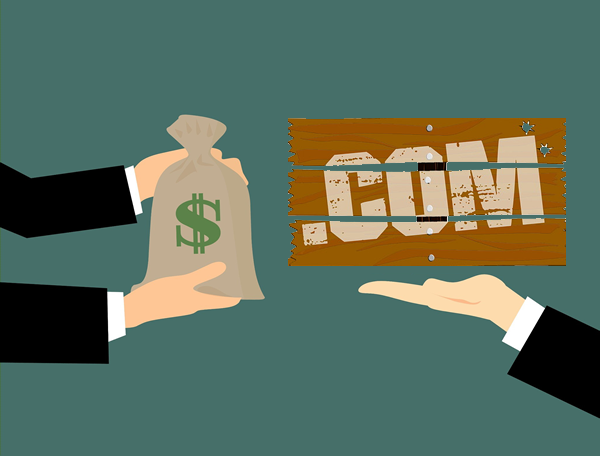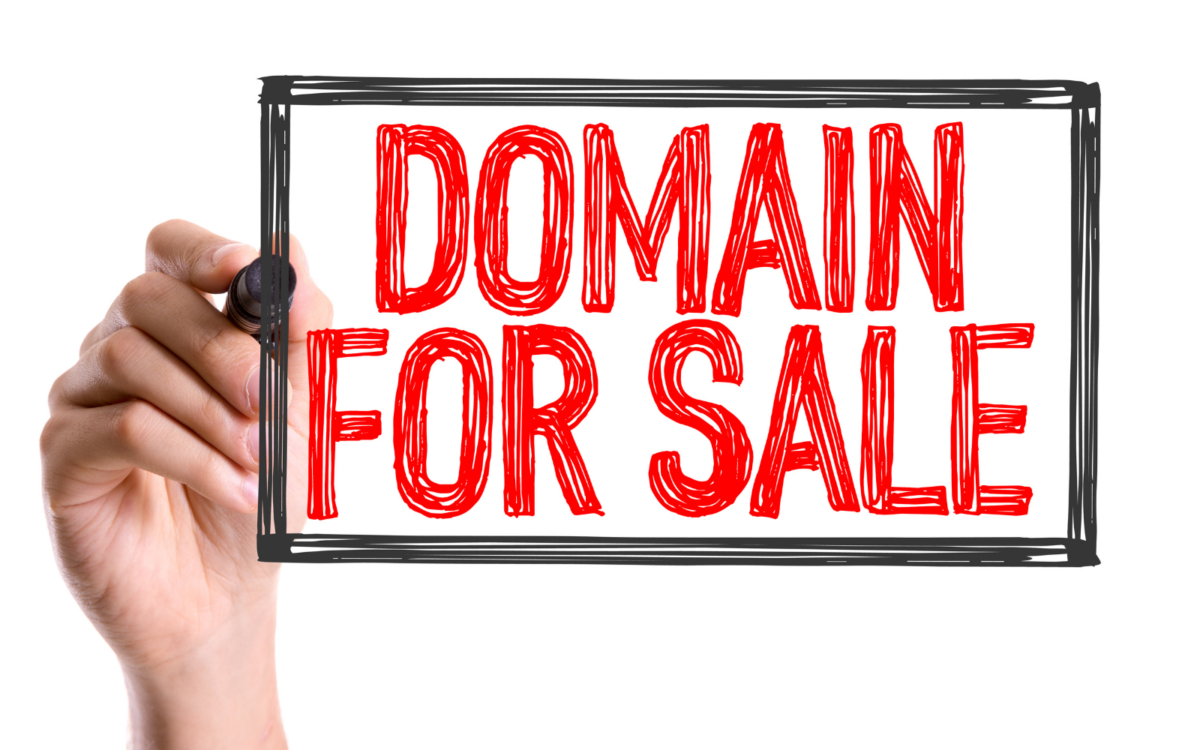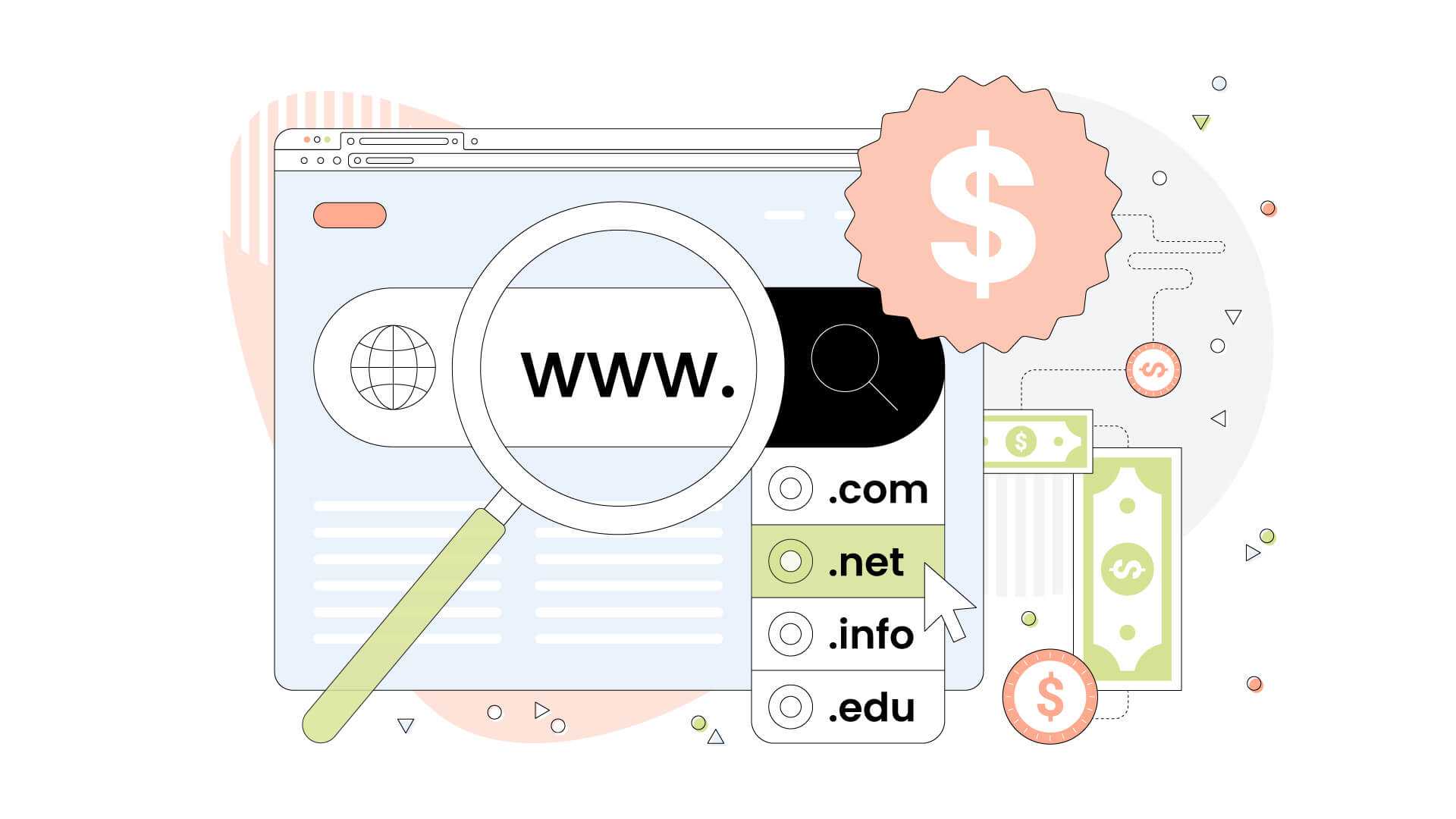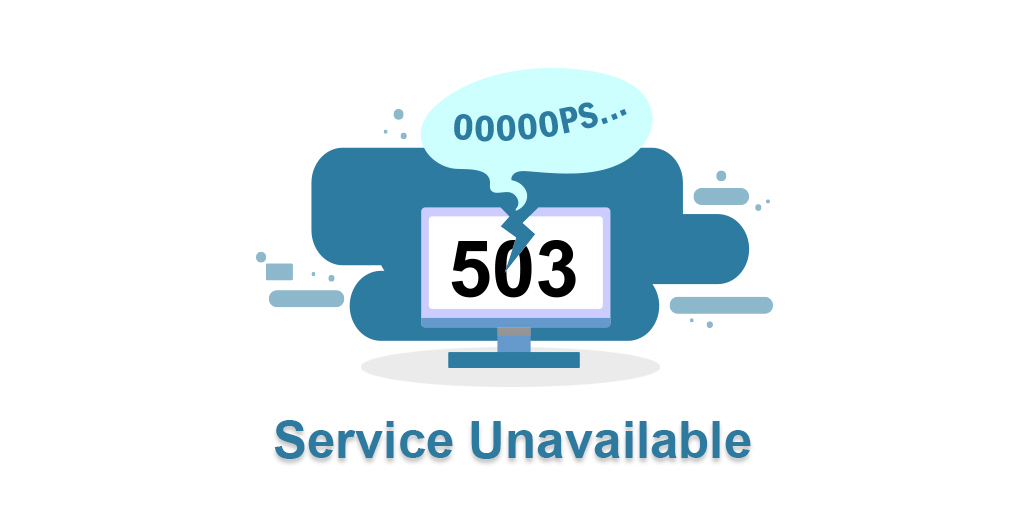Selling a domain name isn’t just about listing it on the market. It’s about understanding the value of your domain, effectively marketing it, and navigating different platforms and deals.
Domain name selling is a strategy where domain owners want to get the most out of their digital assets. It involves recognizing the value of your name and positioning it to maximize exposure and profit.
This guide will walk you through the process of selling your domain name. We’ll cover everything from assessing a domain’s value, to marketing strategies, and negotiating deals. Join us as we explore the ins and outs of how to turn your domain into profit.
Why Sell a Domain Name?
Make the most of your investment
If you have purchased a domain name as an investment or acquired it for a future project, selling it at the right moment can result in significant profits.
Monetize unused domains
If a domain name is not being used or is underutilized, it can be monetized by selling it. Instead of allowing domains to sit without using them, selling them allows you to get value from those unused resources.
Portfolio Management
Investors often manage large portfolios. If you sell less valuable or unstrategic domains, it allows you to optimize your portfolio. This helps you to focus resources on high-value domains or projects that offer better opportunities.
Generate revenue streams
If you own multiple domains, you can generate additional revenue streams by selling off unused or excess domain names. You can reinvest this extra income or use it for other business purposes.
Satisfy market demand
There is an ever-growing need for relevant and good domain names. Selling high-quality domain names provides brands and entrepreneurs with the opportunity to acquire appropriate domain names.
Strategic exit
Domain investors looking to exit the business or retire can sell domains as a means of liquidating assets and ensuring financial security.
Meeting your goals
If you purchased a domain for a particular project but it never happened or has lost its relevance, selling the domain aligns with your original goals and ensures that the domain will find better use.

How to Find Potential Buyers
It's important to know who your target audience is. Define what your domain is good for, in what industry, or for what purpose. This will help you plan your outreach and marketing more efficiently.
Use Domain Marketplaces
List your domain on online domain marketplaces such as Sedo or Flippa, where buyers are actively searching for domain names.
Network Within the Industry
Engage with relevant industry forums, social media, or online communities in your niche, network with experts or enthusiasts in your field.
Connect with Potential Buyers
Reach out to companies or individuals who could benefit from your domain directly. Create personalized outreach emails that highlight your domain's value and how it relates to your company or project.
Collaborate With Domain Brokers
Domain brokers are experts in connecting sellers with buyers. Consider working with reliable domain brokers who have the network and expertise to negotiate domain sales.
Attend Domain Conferences and Events
Domain-related conferences and events provide networking opportunities in the industry. These events are a great way to showcase your domain. You can connect with prospective buyers or investors.
Use social media and online advertising
Use social media or online advertising platforms to reach a wider audience. Create ads or posts that focus on your domain's unique value.
Use auctions or sales platforms
Use auction or sales platforms that focus on high-value domains. These platforms draw in serious buyers willing to invest in high-quality domains.

Preparing to Sell a Domain Name
Ownership Verification
Make sure you have a clear understanding of who owns the domain and what your legal rights are to sell it. Make sure your contact information is correct in the domain registry.
Clean Up Technical Aspects
Check the technical health of the domain, make sure it is active, free of malware, and free of search engine blacklists. Solve any technical issues that affect its usability.
Document Domain History
Compile a dossier that details the history of the domain.
Appraise Domain Value
Consider getting a professional valuation to determine the market value of the domain. An appraisal can help set a reasonable price and add credibility to the negotiation process.
Draft a Sales Agreement
Make a sales agreement that outlines the terms and conditions for the sale, such as payment methods, the transfer process, and any other terms agreed upon between the parties.
Legal Considerations
Review the legal implications of the domain name, especially if there are any trademarked terms in the domain or any legal restrictions.
Transfer Preparation
Make sure you are prepared for the transfer process and make sure you are aware of the intellectual property laws that must be followed.
Secure Escrow Services
Be sure to use reputable escrow services. They act as an intermediary between the buyer and seller, making sure both parties follow through on their commitments before the sale is finalized.
Privacy Considerations
If the domain’s WHOIS information contains personal information, consider taking steps to protect your privacy during the sale.

Negotiating the Sale
1. Know Your Domain's Value:
Find out how much your domain is worth by researching and understanding the market value. Establish a realistic price by looking at domain metrics, trends in the industry, and past domain sales.
2. Start with a Strong Opening Position:
Establish a strong opening position by starting negotiations with a reasonable price. This will set the tone for the discussion about your domain’s value.
3. Be Patient and Open to Discussion:
Negotiations can take time. Be patient and open to discussing terms, price adjustments, or payment plans.
4. Highlight Domain's Unique Selling Points:
Highlight your domain's unique selling points: Showcase your domain's strengths by highlighting keywords, traffic history, SEO benefits, and other reasons why your domain is worth the asking price.
5. Listen and Understand Buyer's Perspective:
Establish a rapport with the buyer by listening to their needs and motivations. This will help you tailor your pitch to match their goals, making it more attractive.
6. Negotiate with Facts and Data:
Try to use facts and data to back up your asking price. For example, use domain metrics, traffic stats, or industry relevance to back up your price.
7. Be Flexible, but Firm:
Be flexible on small details but firm on the value of your domain.
8. Avoid Unrealistic Demands:
Don’t ask for unreasonable or inflated pricing that could discourage potential buyers.
9. Document Agreed Terms:
Writing a written agreement can help avoid misunderstandings and protect both parties’ interests.
10. Consider Professional Mediation:
If you’re having a difficult negotiation or dispute, consider enlisting the help of a professional mediator or domain broker to help you reach a better outcome.

Finalising the Transaction
1. Choose a Secure Payment Method:
Use a secure payment method that protects both you and the buyer. Common payment methods include: bank wire transfers, PayPal, or even Cryptocurrency transactions.
2. Consider Escrow Services:
Escrow services act as an intermediary to hold the payment until you and the buyer both fulfill your obligations.
3. Confirm Payment Receipt:
As you are the seller, confirm the payment receipt before beginning the domain transfer. Make sure you have received the agreed-upon payment in full and that it has cleared.
4. Initiate Domain Transfer:
Depending on the domain registrar, you will need to follow the transfer process as outlined by them. This may include unlocking the domain, getting an authorization code, and transferring the domain to the buyer's registry.
5. Facilitate Smooth Transfer Process:
When the transfer process begins, ensure that the buyer has successfully transferred the ownership of the domain to them. Verify that the transfer has been completed with the two registrars.
6. Ensure Complete Transfer of Ownership:
Ensure that the buyer has gained full control of the domain and access to it after the transfer, so that the transition is smooth and the transaction is completed.
7. Update Contact Information:
Update the WHOIS contact details of the domain to include the new owner’s details once the transfer is complete.
8. Confirm that the transaction is complete:
Ensure that the buyer has gained full control of the domain and access to it after the transfer, so that the transition is smooth and the transaction is completed.
9. Retain Transaction Records:
Keep a record of all communication between the buyer and the registrars, as well as any payments or transfer confirmations, so that they can be consulted in the future.
Conclusion
Selling a Domain Name is a complex process that requires careful planning, negotiations, and execution. In this step-by-step guide, we’ve covered everything from understanding your domain name’s worth to negotiating a successful sale.
The first step is to assess the value of the domain, taking into account factors such as market trends and industry relevance, as well as historical data. Then ensure legal ownership, address technical aspects, and document the domain’s history.
Make sure to find potential buyers. This can be done by using online marketplaces, networking, and targeted outreach. After this, it`s time to negotiate the sale. This involves understanding the value and buyer perspectives and balancing flexibility with firmness.
And finally, use secure payment methods, facilitate seamless domain transfers, and confirm the transaction has been completed.
How do I know if my domain is worth what it is worth?
Domain value is determined by factors such as the length of the domain, keywords, the extension of the domain, the market demand, and previous sales. Use domain appraisal tools to get an idea of the value of your domain.
How long does it take to transfer a domain?
The length of time it takes to transfer a domain varies depending on the registrar, but it usually takes a couple of hours to a couple of days. Make sure both parties work together quickly to make the transfer go as smoothly as possible.
How do I negotiate a good price?
It is important to research similar sales, understand the unique selling points of your domain, and be willing to negotiate. Aim for a price that is fair and reasonable, taking into account market trends and buyer expectations.
What are the best payment methods for selling my domain?
Using escrow services is a safe and secure way to pay for your domain. Escrow services offer a high level of security for both you and your buyer. You can also use PayPal or other secure payment methods.

Nadejda Milanova
An experienced Content creator in the field of Search Engine Optimization (SEO) and WordPress. A true proffesional with a Master's degree focused on journalism.
Read more by Nadejda Milanova





